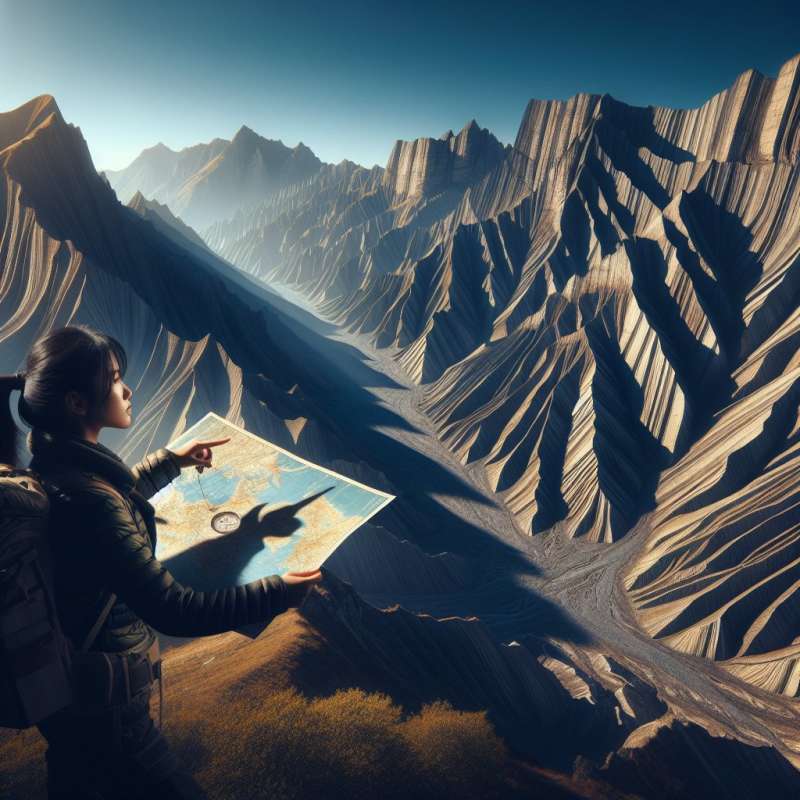
Major Earth Landforms
Landforms are categorized by elevation and slope. They include mountains, plateaus, and plains. Mountains have steep slopes, high peaks, and considerable height.
Plateaus: Elevated Uniqueness
Plateaus, also known as high plains, are flat-topped tablelands. They are rich in minerals, making them mining hotspots. The Deccan Plateau is a notable example.
Plains: Fertile Lands
Plains are vast stretches of flat land. Formed by river deposits, they are extremely fertile and ideal for agriculture, supporting dense populations.
Types of Mountains
Mountains are classified as Fold Mountains, Block Mountains, and Volcanic Mountains. Fold Mountains are the most common type, formed by tectonic plate movements.
India's Geographical Diversity
India showcases all major landforms: the Himalayas (Fold Mountains), the Vindhya and Satpura (Block Mountains), and the volcanic Barren Island.
Rivers: Lifelines of Plains
Rivers play a crucial role in the development of plains through alluvial deposits. The Ganga and Brahmaputra rivers create fertile plains, sustaining millions.
Understanding Weathering
Weathering is the breaking down of rocks on Earth's surface through natural processes, leading to soil formation and changes in landforms over time.Sahara's Hidden Mountains
The Sahara Desert has a mountain range called Tibesti, which includes one of the highest peaks in Africa, Emi Koussi.
What defines mountains' landform category?
Flat surfaces, low elevation
Steep slopes, high peaks
Large river deposits
Company